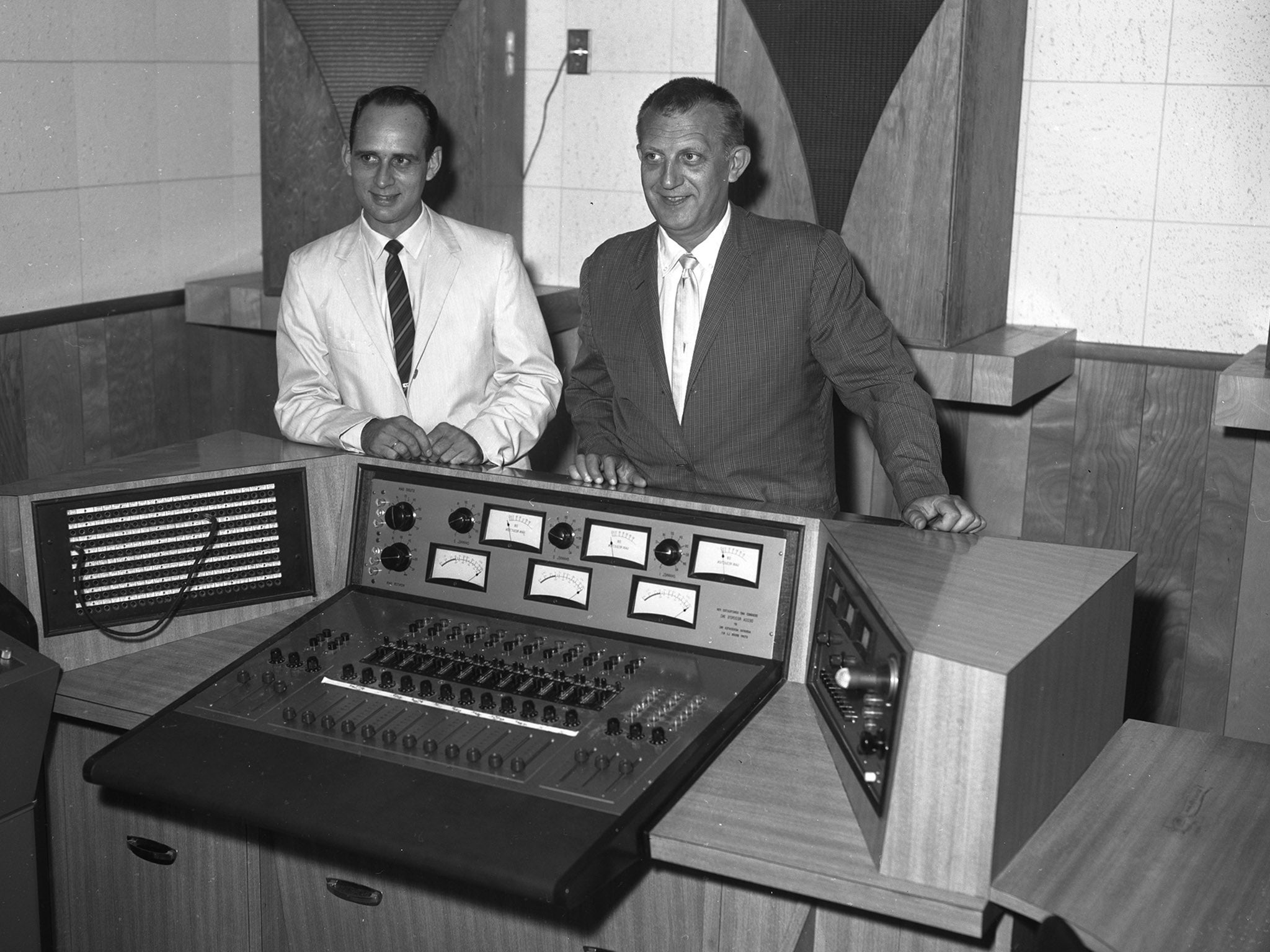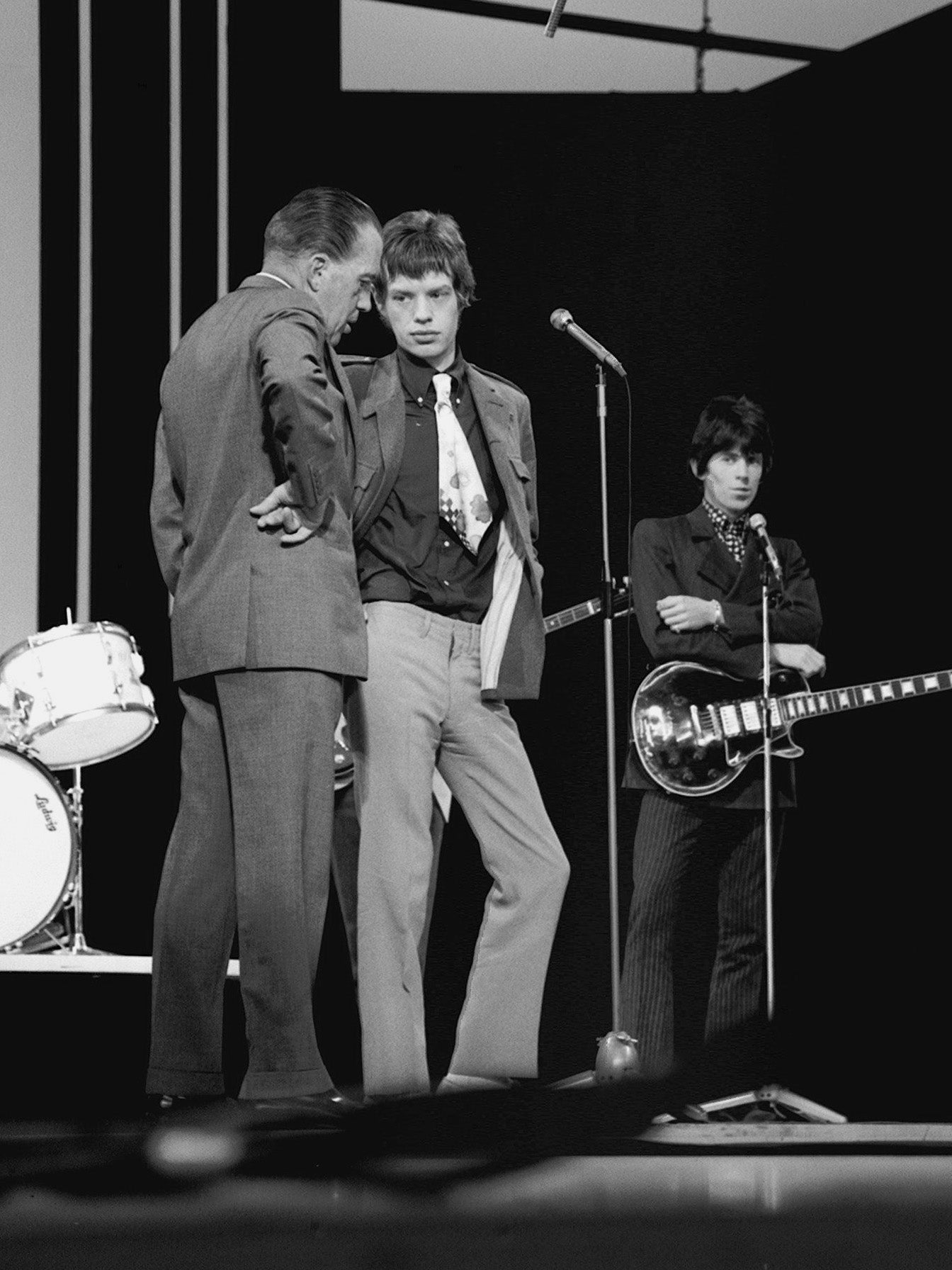Glenn Snoddy: Nashville engineer who invented the fuzz tone made popular by the Rolling Stones
The Tennessee man invented the sound by accident and later turned it into a fuzz pedal that helped generations of guitarists achieve a raw and 'dirty' sound

Your support helps us to tell the story
From reproductive rights to climate change to Big Tech, The Independent is on the ground when the story is developing. Whether it's investigating the financials of Elon Musk's pro-Trump PAC or producing our latest documentary, 'The A Word', which shines a light on the American women fighting for reproductive rights, we know how important it is to parse out the facts from the messaging.
At such a critical moment in US history, we need reporters on the ground. Your donation allows us to keep sending journalists to speak to both sides of the story.
The Independent is trusted by Americans across the entire political spectrum. And unlike many other quality news outlets, we choose not to lock Americans out of our reporting and analysis with paywalls. We believe quality journalism should be available to everyone, paid for by those who can afford it.
Your support makes all the difference.Glenn Snoddy, who has died aged 96, was the Nashville studio engineer who influenced generations of rock axemen with his ‘fuzz tone‘ guitar pedal.
Whenever you hear guitar distortion on a heavy metal or punk rock record, or the feral guitar of Keith Richards on the Rolling Stones’ 1965 hit “(I Can’t Get No) Satisfaction”, you’re listening to the legacy of Snoddy, whose device allowed guitarists to go from clean to dirty picking at the tap of a foot.
The fuzz effect was first heard – by accident – on country singer Marty Robbins’s 1961 record “Don’t Worry.”
During the recording session, guitarist Grady Martin’s six-string bass guitar was being run through a console with a defective transformer. The distorted and almost flatulent sound initially annoyed Snoddy, and he requested a redo. Martin, producer Don Law and the other musicians convinced him that they had stumbled on something new.
“No one else used [the fuzz-toned transformer] to my knowledge,” Snoddy told Vintage Guitar magazine in 2013. “Nancy Sinatra came to town and wanted to use that sound, and I had to tell her people that we didn’t have it anymore because the amplifier completely quit. So I had to get busy and conjure some other way to make it happen.”
Snoddy took apart the bad transformer and built a foot-operated pedal to duplicate the sound. The Gibson company marketed the pedal, dubbed the Maestro Fuzz-Tone FZ-1. Gibson’s ad campaign improbably said the device would make guitars sound like saxophones and orchestra strings.
When the Stones recorded “Satisfaction”, Richards’s use of Snoddy’s invention gave the song’s riff an aggression perfectly suited to the song’s confrontational lyrics and helped popularise the band – and the fuzz tone – on both sides of the Atlantic.
Guitar distortion had been around almost as long as the electric guitar. In the early 1950s, guitarist Willie Johnson played “dirty” guitar with blues singer Howlin’ Wolf by simply turning the volume knob up on his amp and letting the speakers suffer from overheated tubes. The 1951 Jackie Brenston/Ike Turner proto-rock-and-roll hit “Rocket 88” featured guitarist Willie Kizart, who reportedly poked a hole in his amp speaker to get a distorted sound. So did Washington guitarist Link Wray, who used distortion to menacing effect on his 1958 hit “Rumble”.

“But fuzz was different from those tube-driven sounds,” author William Weir wrote in the Atlantic Monthly. “Transistors boosted and then severely clipped the guitar’s signal, creating a buzzy, not-quite-of-this-world timbre. It sounded kind of synthetic, and far from warm or earthy.”
And for guitarists, another advantage to the pedal was getting a dirty sound reliably without damaging the amplifier’s speakers.
Snoddy’s Maestro fuzz pedal ultimately led to a cottage industry of guitar effect pedals. Later distortion and fuzz devices such as the Mosrite Fuzzrite, the Electro-Harmonix Big Muff and the Ibanez TS808 Tube Screamer have all competed for the fledging hard rock guitarist’s wallet.
Glenn Thomas Snoddy was born in Shelbyville, Tennessee, on May 4, 1922. His mother was a homemaker, and his father, who died when Glenn was 12, was a postal carrier and served as the song leader at his local church. Snoddy studied trombone and piano at an early age but became an engineer after serving as an Army radio technician in the Pacific during the Second World War.
He moved to Nashville in the late 1940s, and in the following decade engineered many Grand Ole Opry shows for Nashville radio and television station WSM. In the early 1960s, he became a chief engineer at Owen Bradley’s Quonset Hut studio, where he created one of the first stereo-recording consoles in Nashville and mixed Johnny Cash’s “Ring of Fire” (1963). He also hired a janitor and fledgling songwriter from Texas who pestered studio clients to audition his compositions; his name was Kris Kristofferson.
In 1967, Snoddy repurposed an old movie complex in East Nashville into Woodland Studios. The studio produced hits including the Charlie Daniels Band’s “The Devil Went Down to Georgia” (1979), the Oak Ridge Boys’ “Elvira” (1981), Kansas’ “Dust In the Wind” (1978) and the Nitty Gritty Dirt Band’s Grammy Award-winning 1972 album Will the Circle Be Unbroken. Snoddy sold his share of the studio in 1980 but continued to run the mixing board for another decade.
His wife of 69 years, Sara Fite Snoddy, died in 2017. Survivors include three children, Dianne Mayo and James Snoddy, both of Nashville, and Glenda Keller of Brentwood, Tennessee; four grandsons; and a great-granddaughter.
In recording sessions throughout 1965, the Rolling Stones experimented with “Satisfaction”, but nothing seemed to capture the right tone. Richards tried acoustic guitar, but it fell flat. No one liked his suggestion of a horn section that would “hang hard and long” on the song’s memorable riff.
Pianist Ian Stewart, the often uncredited sixth Stone, came up with the ultimate solution. He left the room and returned an hour later, handing Richards a Maestro Fuzz-Tone and said, “Try this!”
Glenn Snoddy, Nashville engineer, born 4 May 1922, died 21 May 2018
© Washington Post
Join our commenting forum
Join thought-provoking conversations, follow other Independent readers and see their replies
Comments